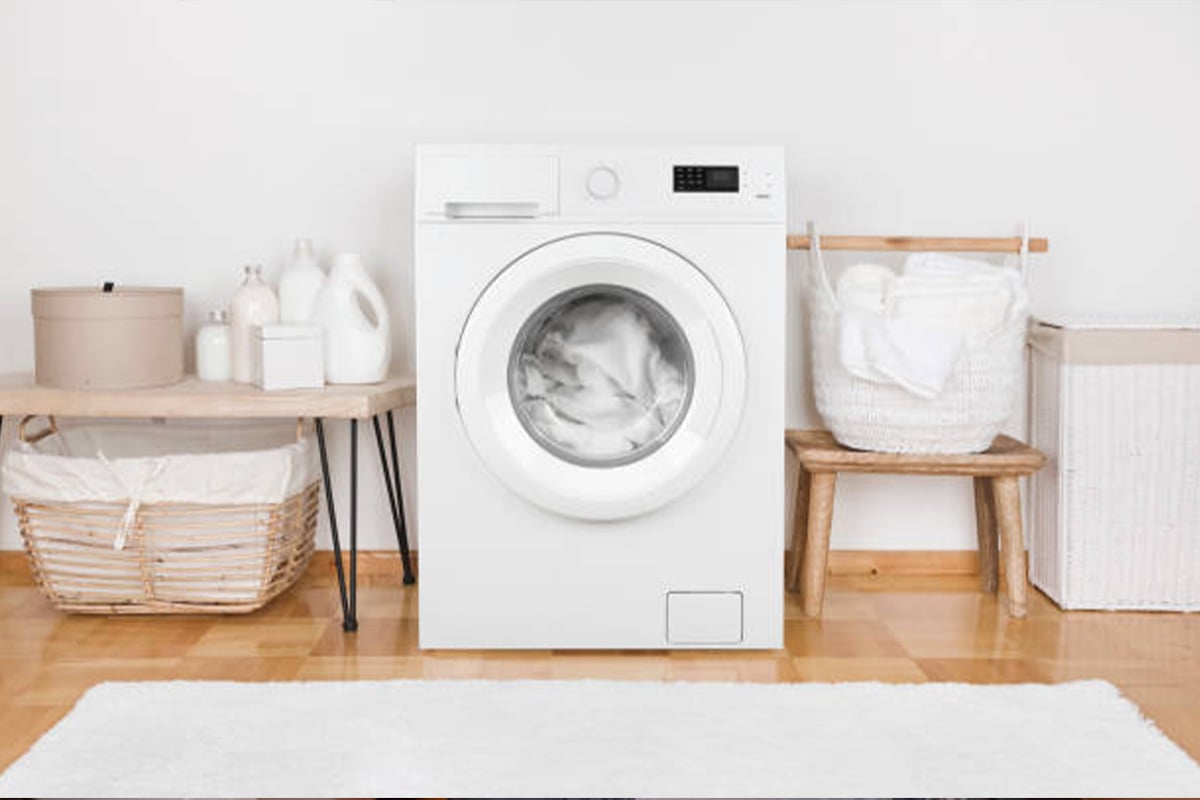1. Clogged Drain Pump
A clogged drain pump is one of the most common issues that can occur in a washing machine. Over time, debris such as lint, hair, and small objects can accumulate and block the drain pump. This can lead to poor drainage or complete failure of the pump.
To fix this issue, start by unplugging the washing machine and locating the drain pump. Remove any visible debris or blockages from the pump and its surrounding area. If the clog is stubborn, you may need to remove the drain pump and clean it thoroughly.
Keywords: clogged drain pump, fix clogged drain pump, drain pump blockage
2. Faulty Water Inlet Valve
The water inlet valve is responsible for controlling the flow of water into the washing machine. If this valve becomes faulty, it can result in problems such as low water pressure or no water entering the machine at all.
To fix a faulty water inlet valve, turn off the water supply and unplug the machine. Locate the valve, usually found at the back of the machine, and inspect it for any signs of damage or blockage. If necessary, replace the valve with a new one.
Keywords: faulty water inlet valve, low water pressure, no water entering washing machine
3. Worn Out Drive Belt
The drive belt is an essential component of the washing machine that helps rotate the drum. Over time, the belt can become worn out or stretched, resulting in a malfunctioning machine.
To fix a worn-out drive belt, start by unplugging the machine and accessing the back panel. Look for any signs of damage or wear on the belt. If it appears worn or loose, replace it with a new one according to the manufacturer's instructions.
Keywords: worn-out drive belt, replace drive belt, malfunctioning washing machine
4. Malfunctioning Door Latch
A malfunctioning door latch can prevent the washing machine from starting or cause it to stop mid-cycle. This issue is often caused by a faulty door switch or latch mechanism.
To fix a malfunctioning door latch, unplug the machine and inspect the latch and switch mechanism. Clean any debris or obstructions and ensure that the latch is properly aligned. If the latch is damaged beyond repair, consider replacing it with a new one.
Keywords: malfunctioning door latch, washing machine won't start, door switch
5. Leaking Hoses
Leaking hoses are a common problem in washing machines and can result in water damage to your home. These leaks are often caused by worn-out or damaged hoses.
To fix leaking hoses, start by turning off the water supply and unplugging the machine. Inspect the hoses for any signs of damage, such as cracks or bulges. If you find any issues, replace the hose with a new one and ensure it is properly connected.
Keywords: leaking hoses, water damage, replace washing machine hoses
6. Noisy Bearings
If your washing machine is making loud or unusual noises during operation, it may be due to worn-out bearings. Over time, these bearings can become damaged or rusty, resulting in a noisy machine.
To fix noisy bearings, unplug the machine and remove the back panel. Locate the bearings and inspect them for any signs of damage or rust. If necessary, replace the bearings with new ones and ensure they are properly lubricated.
Keywords: noisy bearings, washing machine noises, replace bearings
7. Overheating Motor
An overheating motor is a common issue that can occur in washing machines, especially if they are overloaded or running for extended periods. This can lead to a burning smell, automatic shut-off, or even damage to the motor.
To fix an overheating motor, allow the machine to cool down and unplug it. Check for any obstructions around the motor that may be causing overheating. If the problem persists, consider contacting a professional to inspect and repair the motor.
Keywords: overheating motor, burning smell, washing machine shut-off
8. Timer or Control Board Failure
If your washing machine is not advancing through its cycles or displaying error codes, it may be due to a faulty timer or control board. These components control the various functions of the machine and can malfunction over time.
To fix timer or control board failure, unplug the machine and inspect the timer or control board for any visible damage or loose connections. If necessary, replace the faulty component with a new one according to the manufacturer's instructions.
Keywords: timer failure, control board failure, washing machine error codes
9. Unbalanced Load
An unbalanced load can cause a washing machine to vibrate excessively or stop mid-cycle. This issue is often caused by an uneven distribution of laundry inside the drum.
To fix an unbalanced load, pause the machine and redistribute the laundry evenly. Make sure the machine is on a level surface and adjust the feet if necessary. If the problem persists, consider reducing the load size or using a lower spin speed.
Keywords: unbalanced load, washing machine vibration, uneven distribution of laundry
10. Foul Odors
If your washing machine emits foul odors, it may be due to a buildup of mold, mildew, or bacteria. This can happen if the machine is not properly cleaned or if the door is left closed when not in use.
To eliminate foul odors, run a hot water cycle with vinegar or a specialized washing machine cleaner. Wipe down the drum, door seal, and detergent dispenser regularly to prevent mold and mildew growth. Leave the door open between washes to allow air circulation.
Keywords: foul odors, washing machine smells, mold and mildew buildup

